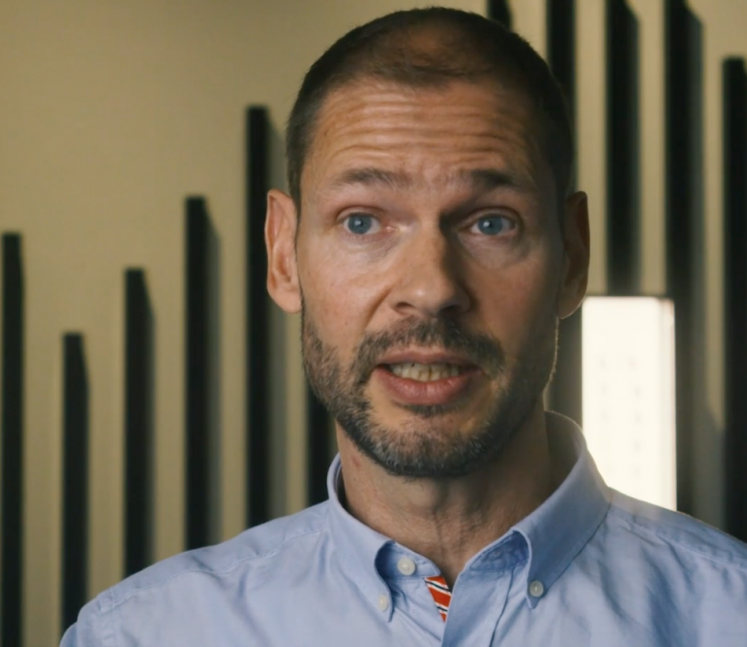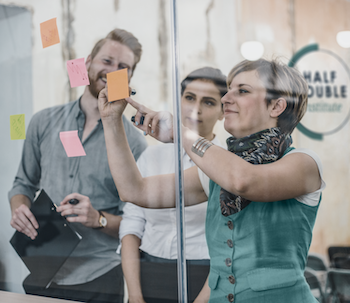Transcript - Jabra
[00:00:05] Compared to how we used to start a project, the key difference it was half double is that we align on why are we doing this project at all? So we're setting clear goals on how it's going to be successful and how we create impact. The reason it's so important to focus on impact is that it clearly outlines why are we doing this project and what will it take in order for the project to be successful?
[00:00:28] By focusing on these things, we create speed and we get results earlier. It also allows us to identify potential pitfalls or opportunities.
[00:00:39] What we do in the impact session is to keep it very real, very focused and very physical. So no laptops, no smartphones. We use posters on the wall.
[00:00:48] We try to make everyone very present in the impact session. We have people from all parts of the organization, from R&D, from sales, marketing, operations, user experience and so forth. Together, we create the success criteria for the project. I half double allows us to bring the leadership team closer to the project that gives us faster decision making and it also motivates the team because they feel part of the success of the project. So this is the latest result of this way of working. It has 50 percent longer battery time, it's 20 percent smaller in size. So it's the most comfortable experience we've ever delivered. In Java, we started half double with R&D and now we're rolling it out to all parts of the organization.
Find out more information about the Jabra Case Study.

